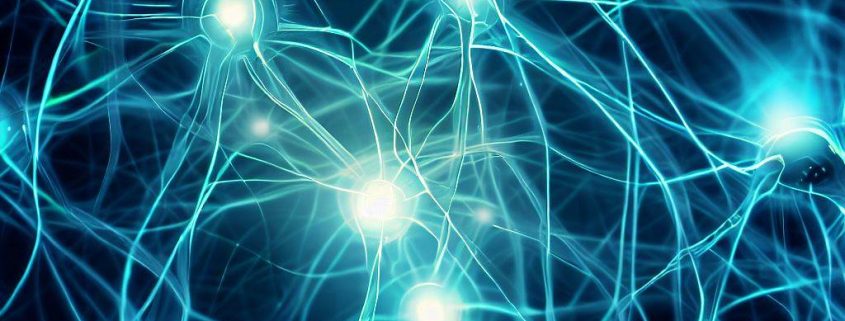The Importance of Applied Mathematical Models in Generative AI Solutions
By Team Acumentica
Introduction
Generative AI has made significant strides across various sectors, including art, music, literature, and technology, reshaping how content is created and consumed. At the core of these advancements are applied mathematical models, which play a pivotal role in enhancing the capabilities and effectiveness of generative AI systems. This article explores the necessity of these models in developing robust and efficient generative AI solutions.
What are Applied Mathematical Models?
Applied mathematical models involve using mathematical techniques and theories to solve real-world problems. In the context of generative AI, these models translate complex data patterns and learning tasks into mathematical problems, which can be systematically solved using algorithms. This approach is crucial in areas such as natural language processing, image generation, and predictive analytics, where understanding and manipulating vast datasets are essential.
Enhancing Learning and Prediction
Generative AI relies on understanding data to create new content that is indistinguishable from human-generated work. Applied mathematical models are central to this process because they provide a framework for learning from data. Techniques such as regression analysis, statistical inference, and geometric modeling allow AI systems to predict and generate outputs based on learned data characteristics.
Example: In image generation, models like Generative Adversarial Networks (GANs) utilize game theory — a branch of applied mathematics — to train two models in competition with each other. One model generates images, while the other evaluates them. This setup enhances the quality and realism of generated images.
Optimizing Algorithm Performance
Applied mathematical models are vital for optimizing the performance of algorithms underlying generative AI. They help in refining the algorithms to be faster, more accurate, and less resource-intensive, which is crucial for scaling AI solutions.
Example: Optimization techniques such as gradient descent are used in training neural networks by minimizing a cost function, a concept derived from calculus and linear algebra. This method ensures that the generative models learn effectively, improving their ability to produce high-quality outputs.
Addressing Complexity in Data
Generative AI systems often deal with high-dimensional data, which is inherently complex and difficult to navigate. Applied mathematical models aid in reducing this complexity by providing methods to decompose and analyze data in simpler, more manageable forms.
Example: Dimensionality reduction techniques such as Principal Component Analysis (PCA) are used to simplify data inputs for AI models without losing critical information. This simplification is essential for training generative models efficiently and effectively.
Ensuring Robustness and Generalization
A significant challenge in generative AI is ensuring that models are not only effective but also robust and generalizable across different datasets and environments. Applied mathematical models contribute to this by enabling thorough testing and analysis of model behavior under various conditions.
Example: Statistical models assess the probability of different outputs under different conditions, helping developers understand the potential variability in AI behavior. This understanding is crucial for deploying AI systems in real-world applications where adaptability is key.
Facilitating Innovation and Creativity
Finally, applied mathematical models are essential for pushing the boundaries of what generative AI can achieve. By leveraging advanced mathematical theories, researchers can develop novel algorithms that open up new possibilities for creative AI applications.
Example: Chaos theory and complex systems may be used to model and generate intricate patterns or simulations in virtual environments, aiding in the creation of advanced video game graphics or complex data simulations.
Conclusion
Applied mathematical models are the backbone of generative AI, providing the necessary tools and frameworks to tackle the complex challenges of learning from and interacting with data. As AI continues to evolve, the role of these models will only grow, driving innovation and enhancing the capabilities of AI systems across various domains. The integration of robust mathematical foundations in AI development is not just beneficial but essential for the advancement of technology that is as revolutionary and impactful as generative AI.
Acumentica AI Growth Systems and Services
At Acumentica our AI Growth systems are built around increasing sales, ROI while lowering costs.
- Collect: Simplifying data collection and accessibility.
- Organize: Creating a business-ready analytics foundation.
- Analyze: Building scalable and trustworthy AI-driven systems.
- Infuse: Integrating and optimizing systems across an entire business framework.
- Modernize: Bringing your AI applications and systems to the cloud.
Acumentica provides enterprises AI solutions company’s need to transform their business systems while significantly lowering costs.
For more information on how Acumentica can help you complete your AI journey, Contact Us or explore Acumentica AI Growth Systems.




